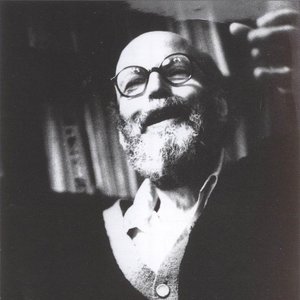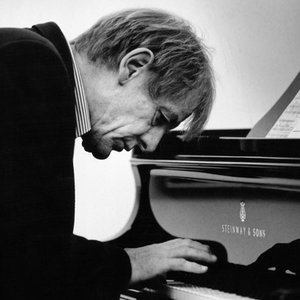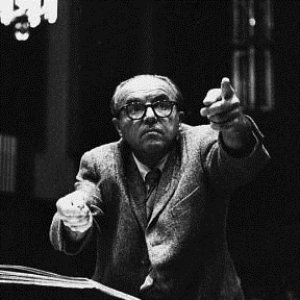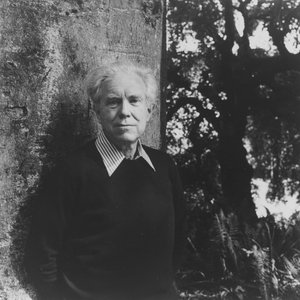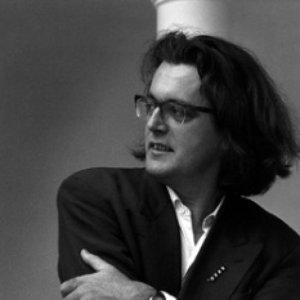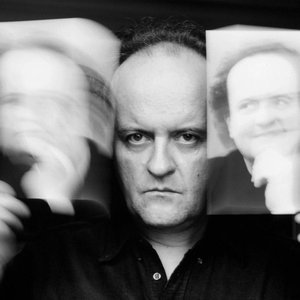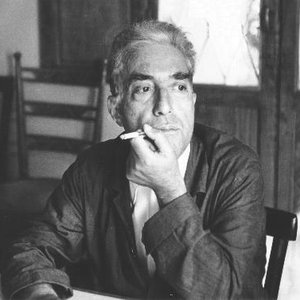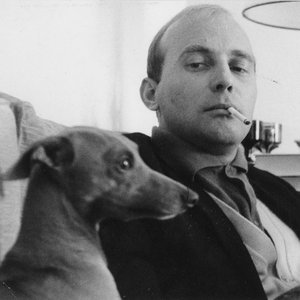Biography
-
Born
2 August 1905
-
Born In
München, Bayern, Germany
-
Died
5 December 1963 (aged 58)
Karl Amadeus Hartmann (August 2, 1905 Munich – December 5, 1963 Munich) was a German composer. Some have lauded him as the greatest German symphonist of the 20th century.
Perhaps the most well-known is his Symphony No. 1, titled "Attempt at a requiem" (Versuch eines Requiems). This work began in 1936 as a cantata for alto solo and orchestra, loosely based on a few select poems by Walt Whitman. It soon became known as "Our Life: Symphonic Fragment" (Unser Leben: Symphonisches Fragment) and was intended as a comment on the generally miserable conditions for artists and liberal minded individuals under the early Nazi regime. After the defeat of the Third Reich in World War II, the real victims of the regime had become clear, and the cantata's title was changed to "Symphonic Fragment: Attempt at a Requiem" to honor the millions killed in the Holocaust. Hartmann revised the work in 1954-1955 as his Symphony No. 1, and finally published it in 1956.
As this example indicates, Hartmann was a highly self-critical composer and many of his works went through successive stages of revision. He also suppressed most of his substantial orchestral works of the late 1930s and the war years, either allowing them to remain unpublished or, in several cases, reworking them - or portions of them - into the series of numbered symphonies that he produced in the late 1940s and early 1950s.
As a composer Hartmann attempted a difficult synthesis of many different idioms, including musical Expressionism and jazz stylization, into organic symphonic forms in the tradition of Bruckner and Mahler. His early works contain music that is both satirical and politically engaged. But he admired the polyphonic mastery of J.S. Bach, the profound expressive irony of Mahler, the neoclassicism of Stravinsky and Hindemith. He also in the 1930s developed close ties with Bartók and Kodály in Hungary, and this is reflected in his own music to some extent. In the 1940s he began to take an interest in Schoenbergian Twelve-tone technique; though he studied with Webern his own idiom was closer to Alban Berg. In the 1950s started to explore the metrical techniques pioneered by Boris Blacher and Elliott Carter. He especially makes use of the forms of three-part Adagio slow movements, Fugue, Variations and Toccata.
Artist descriptions on Last.fm are editable by everyone. Feel free to contribute!
All user-contributed text on this page is available under the Creative Commons Attribution-ShareAlike License; additional terms may apply.

